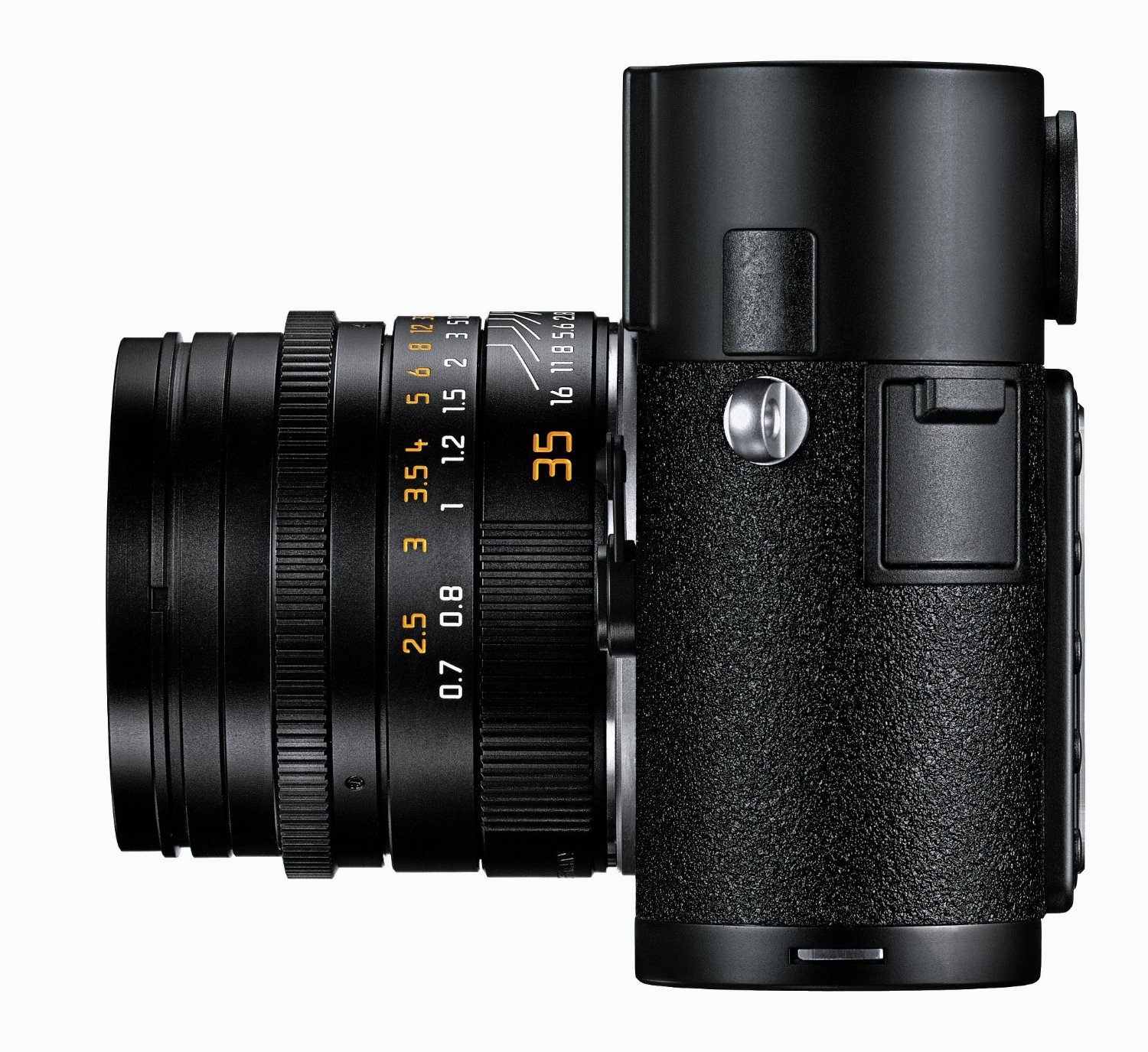
Leica M8, Voigtlander 50/1.1īut what about the sensor and electronics? It is, after all, seven year old technology. And if you decide for whatever reason that you don’t like the rangefinder experience, selling it on isn’t going to cost you very much, or be very difficult. You could easily do that around the US$8,000 range, even if you buy all the lenses new. 28mm, 35mm, and 50 or 75mm) – I’d pick the Zeiss ZM 21/2.8 Biogon, the Zeiss ZM 35/2 Biogon and Zeiss 50/2 Planar or Voigtlander 50/1.1 Super Nokton. Let’s say we do the same system with equivalent fields of view (i.e. Some of the Zeiss lenses like the 21/2.8 and 50/2 are outstanding in the own right, and the Voigtlanders offer unique options that aren’t available natively to Leica M (12mm and 15mm pancakes, or an affordable 50/1.1 anybody?). This is where a second hand M8 starts to make some sense: you can find clean, low-mileage examples in the US$2,000-2,500 range pair that with some Zeiss ZM or Voigtlander glass, and you’re in business. And that might not even be your primary system, because if you want macro, precise framing for your ultra wide, or telephoto, you’re out of luck. You could buy a new M9 and lenses, but that’ll be painfully expensive with three fast lenses (28/2, 35/1.4, 50/1.4 or 75/2) you’re already looking in the vicinity of US$30,000. That basically puts an M as your only option. Let’s assume for now that your priorities are to be inconspicuous, travel light, have an optical finder, and do documentary work in the 28-90mm range – let’s not bother with flash for now.
#Leica m8 manual#
*I’m deliberately leaving out the Fuji X100 and X-Pro1 cameras here I don’t consider them to be rangefinders, and they have their own entire set of issues – slower AF than manual focusing a rangefinder being the biggest of them. The lenses are also smaller, because they don’t have to house AF components or retrofocus/ telecentric designs to clear an SLR’s mirror mechanism. If you want an optical finder, and a responsive focusing system, a rangefinder is the only way to go. Yes, there’s Micro 4/3 and all of its different flavors: but which one of them gives you a proper optical finder? None*. Leica M8, Zeiss 21/2.8įor a start, rangefinders are far less intimidating to your subject than DSLRs. And even more reasons why you might consider technology that’s now realistically nearly seven years old – which is an entire geological epoch in the digital era.Ĭontemplating the journey. Even with the technological, sensor and usability limitations (manual focus and built in frame lines for 28-90mm only, for instance) there are still good reasons why you might want a rangefinder. Having said all that, you’re probably wondering about the title of the article: Leica M8? Is that a typo? No. To invest such levels of R&D spending into a very niche product doesn’t make economic sense – even if you are charging three or four times what a comparable spec DSLR goes for. No, I suspect the reality is that what’s preventing us from seeing a DRF with competitive specifications isn’t technology, but the economics of market sizing: Leica sold about 30,000 M9s in the two-and-a-half years after launch by comparison, Nikon makes about that many D800s every month. All of these cameras have been M-mount, a sensible choice because it’s the most versatile and open of the RF systems – and of course has the greatest selection of lenses, from second hand $200 Voigtlanders to $12,000 Noctiluxes.Ī Parisian cliche. Micro 4/3 has arguably pushed miniaturization of the electronic components even further – so it can’t be the body size that’s holding back DRF development.Īside from the M9 and its derivatives (full review of the Leica M9-P here, and the M-Monochrom here), the only other digital true range finders that have made their way to market in the past were the Epson RD1 and RD1s (both using the same 6MP Sony APS-C sensor) and of course the Leica M8.
#Leica m8 software#
with reconfigurable chips) and there are plenty of good software coders out there – just look at the proliferation of Apple apps.

A frequently asked question is ‘why is DRF technology lagging so far behind its DSLR counterparts?’ After all, the innards are pretty much the same – sensor development and fabrication is so horribly expensive and complex that it can only be undertaken by a handful of either very large or very specialized companies the electronics are largely FGPA-based (i.e.
#Leica m8 full#
In the last few years, rangefinders (effectively only the Leica M system) have experienced something of a renaissance I think partially due to the market being over saturated with DSLRs to fill every niche, and partially due to the full frame M9 which so many Leica shooters had been clamoring for.


 0 kommentar(er)
0 kommentar(er)
